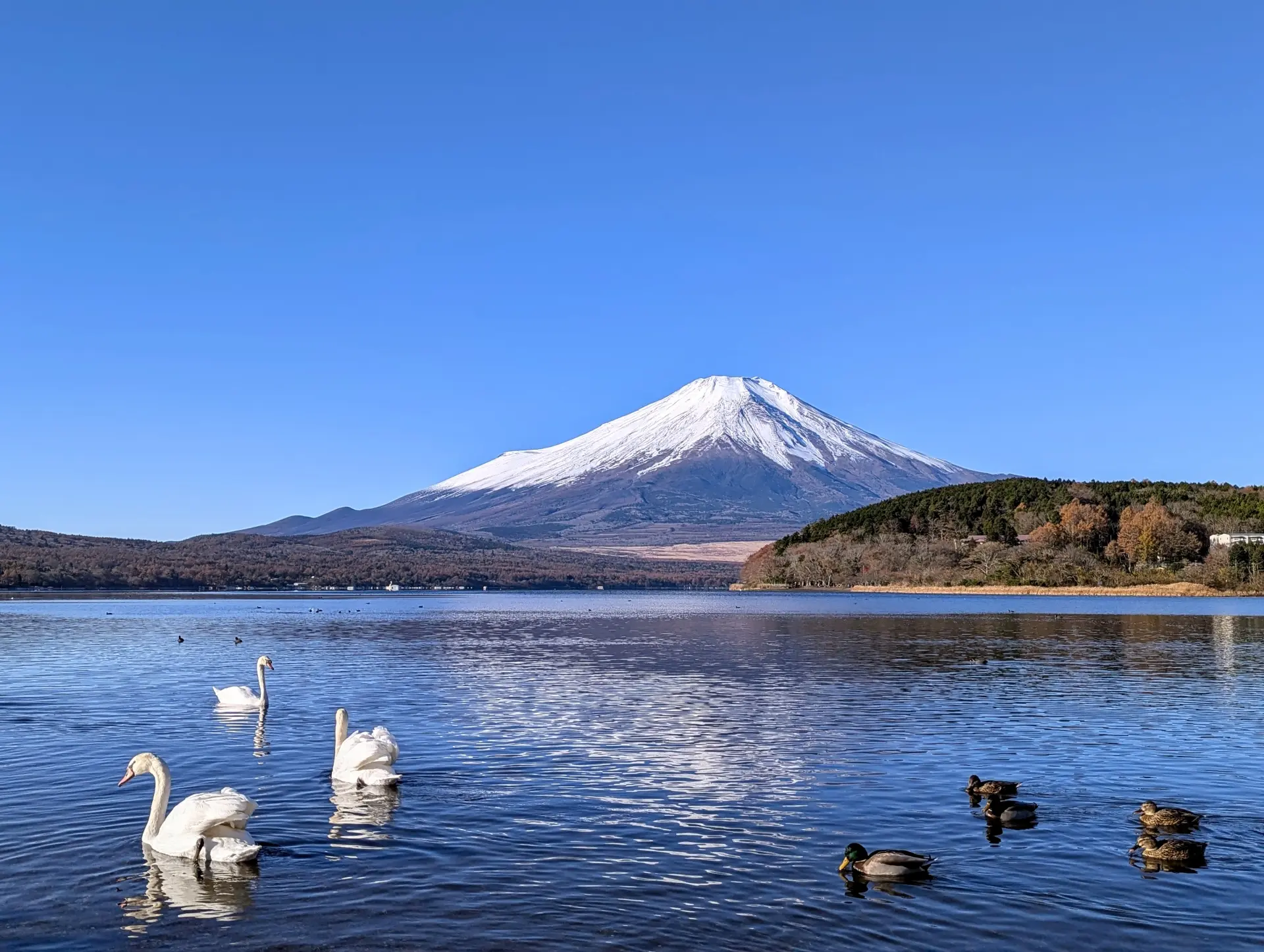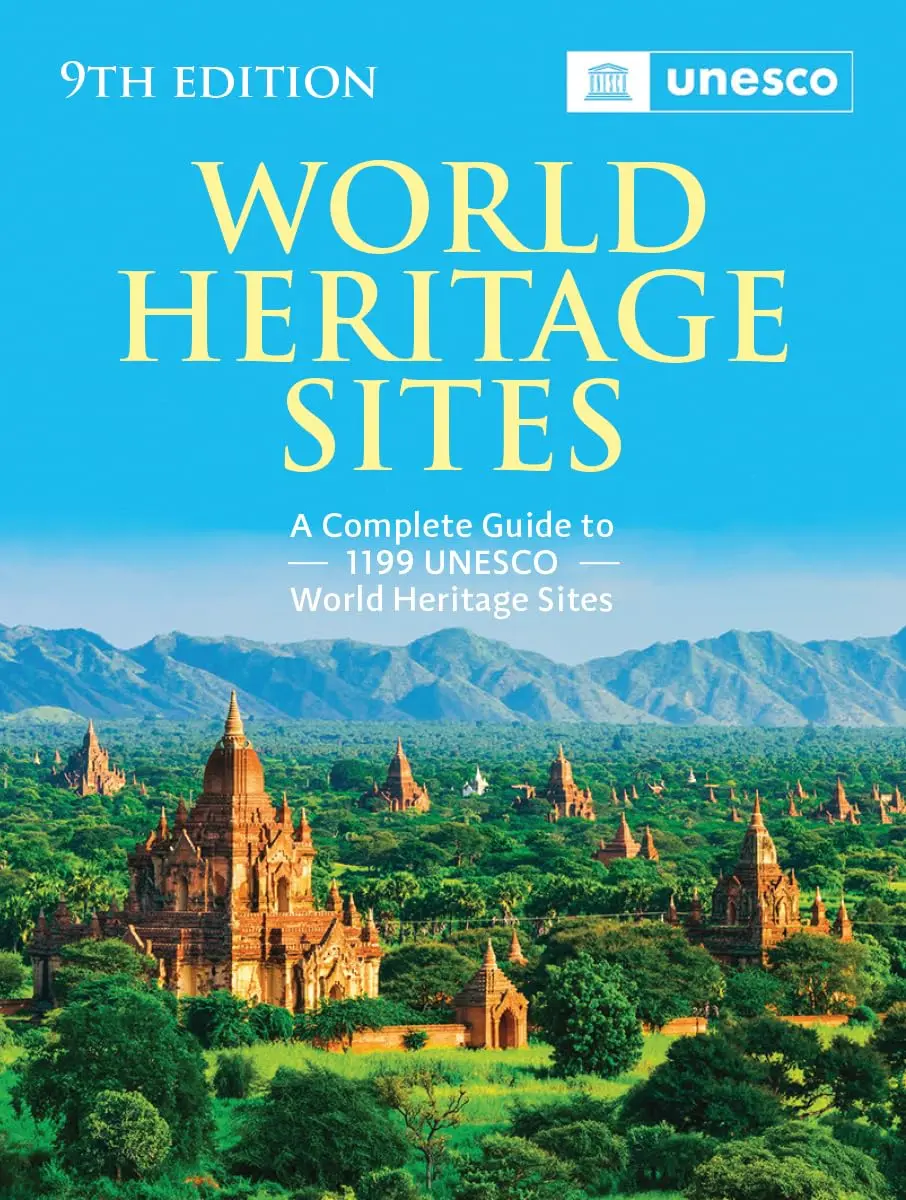Japan is home to 26 UNESCO World Heritage Sites that showcase its unique culture, history, and natural beauty.
From iconic landmarks to hidden gems, this guide introduces you to the wonders of Japan’s World Heritage Sites.
1. Mount Fuji (Shizuoka and Yamanashi)
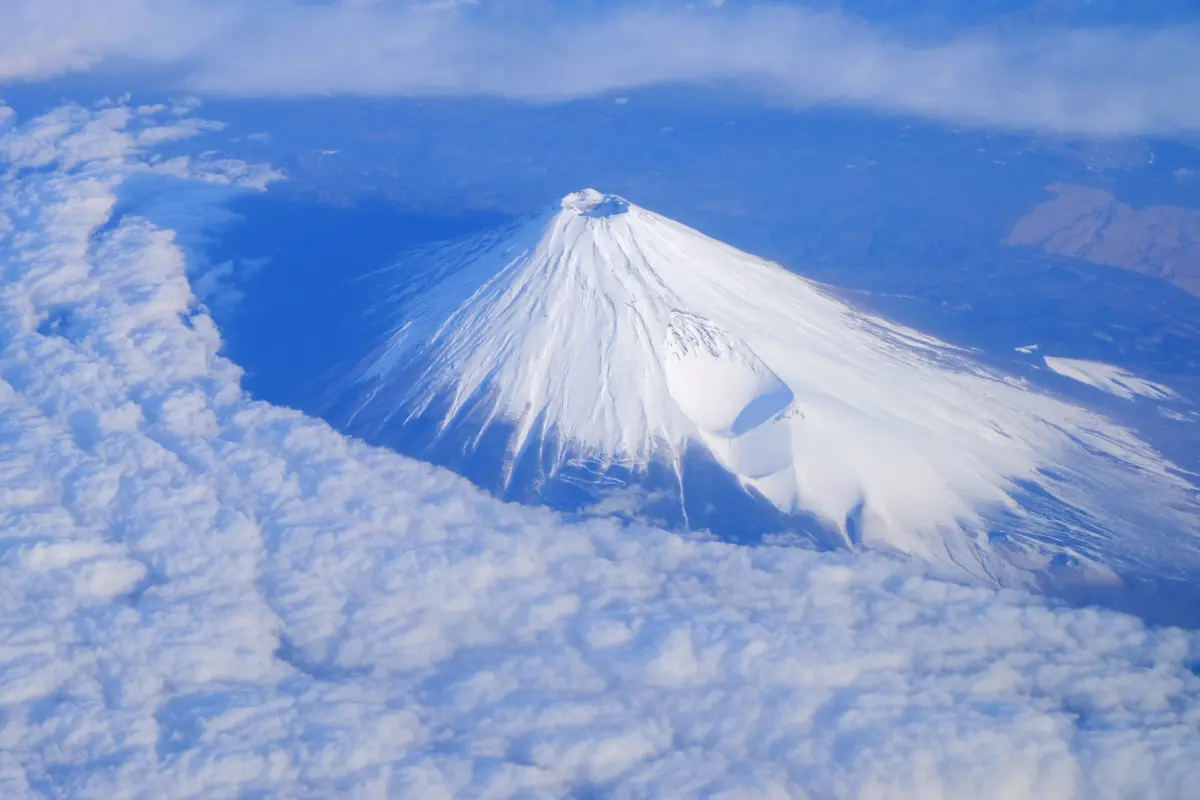
Mount Fuji, recognized in 2013 as a “Sacred Place and Source of Artistic Inspiration,” is Japan’s most famous mountain.
Artists and worshippers alike have admired its perfect cone shape for centuries.
Nearby spots like the Fuji Five Lakes and Shiraito Falls add to its charm.
2. Himeji Castle (Hyogo)
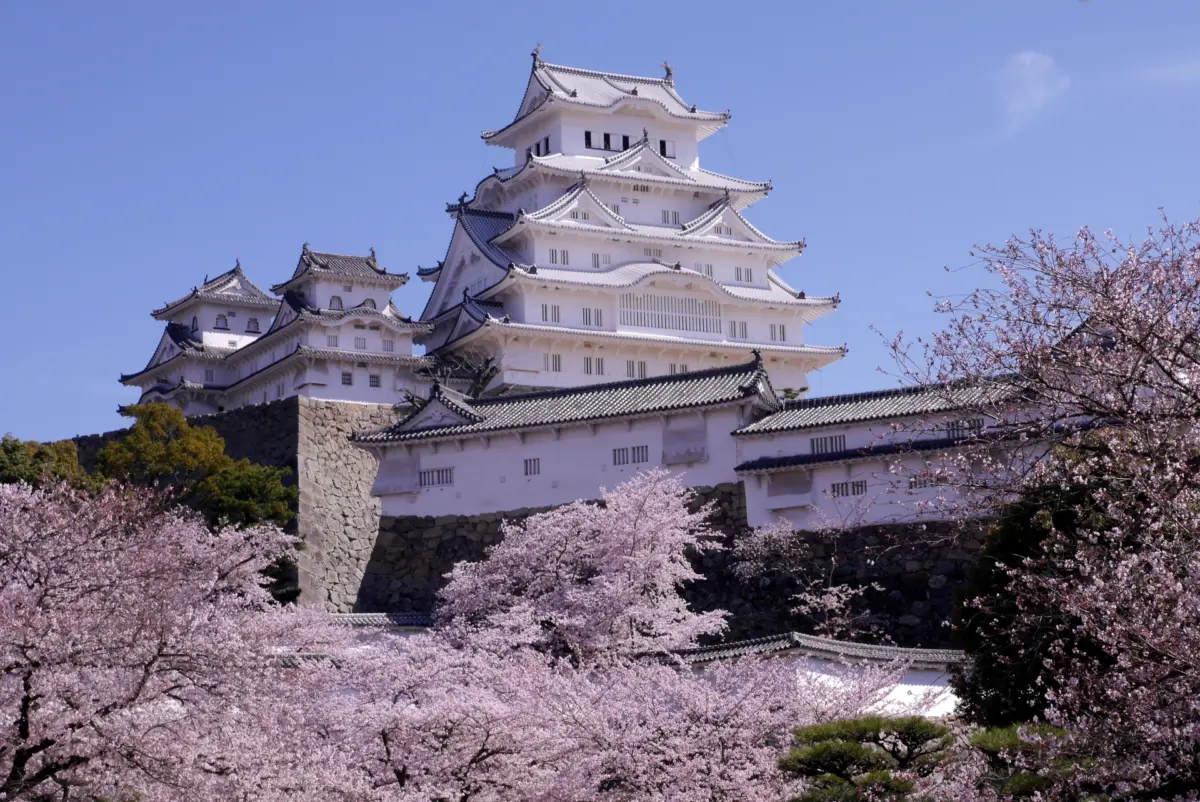
Himeji Castle, registered in 1993, is Japan’s best-preserved feudal castle.
Known for its elegant white walls and sophisticated design, it is often called the “White Heron Castle.”
3. Historic Monuments of Ancient Kyoto (Kyoto and Shiga)
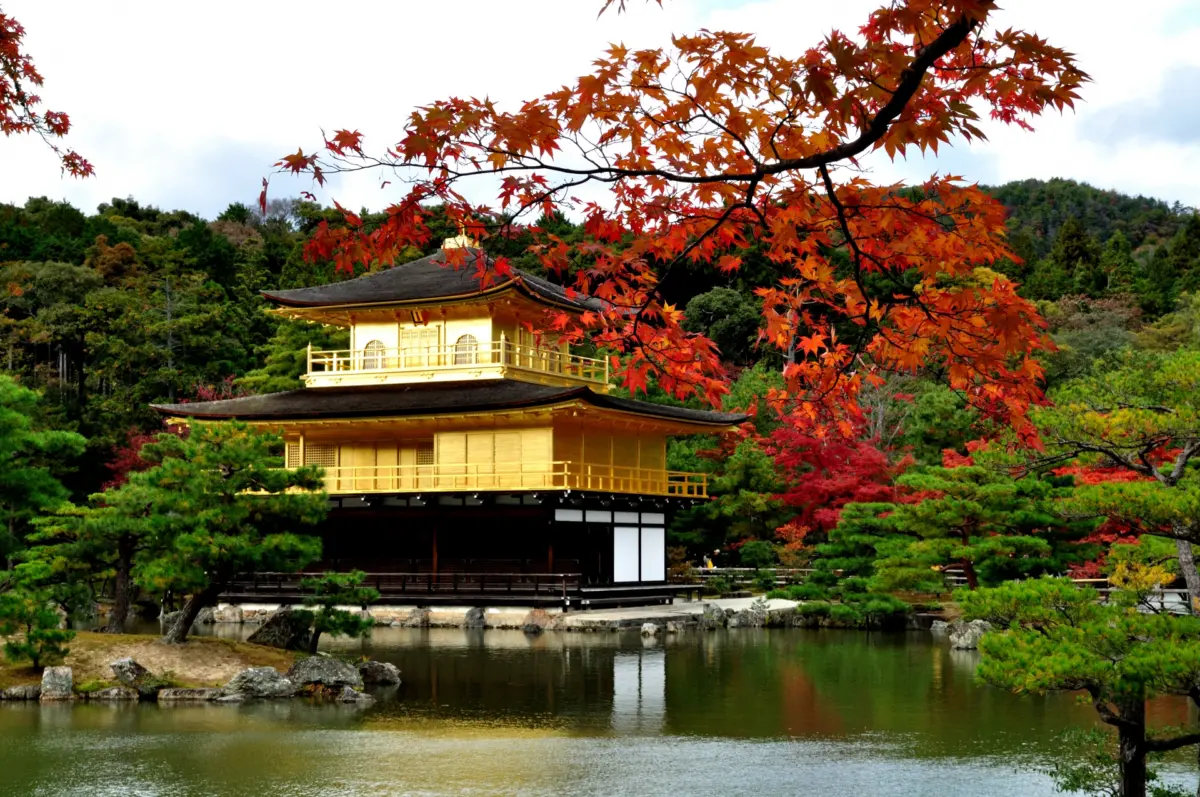
Kyoto is home to 17 temples, shrines, and gardens that were designated as UNESCO sites in 1994.
Highlights include the golden Kinkaku-ji (Golden Pavilion), Kiyomizu-dera Temple, and Nijo Castle.
Kyoto represents the heart of traditional Japanese culture.
4. Itsukushima Shrine (Hiroshima)
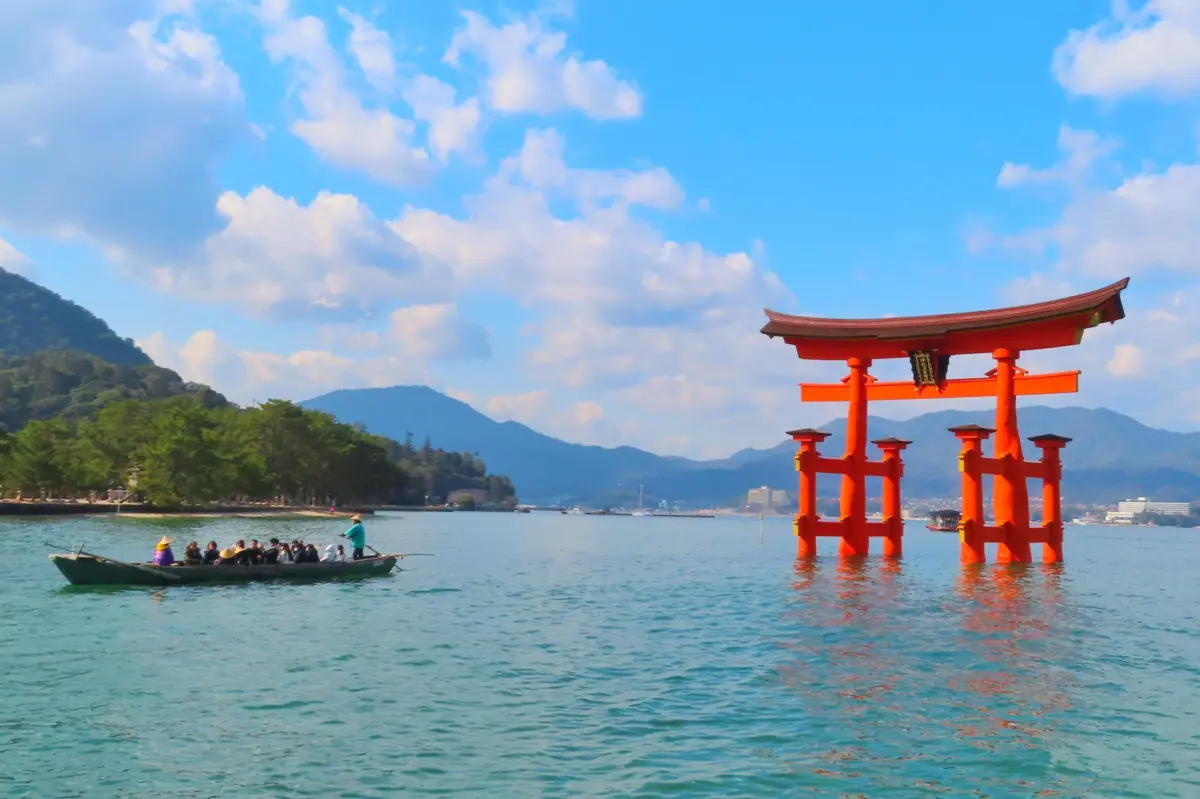
Located on Miyajima Island in Hiroshima, Itsukushima Shrine is famous for its “floating” red torii gate.
This shrine, registered in 1996, perfectly blends spirituality and natural beauty.
5. Yakushima (Kagoshima)
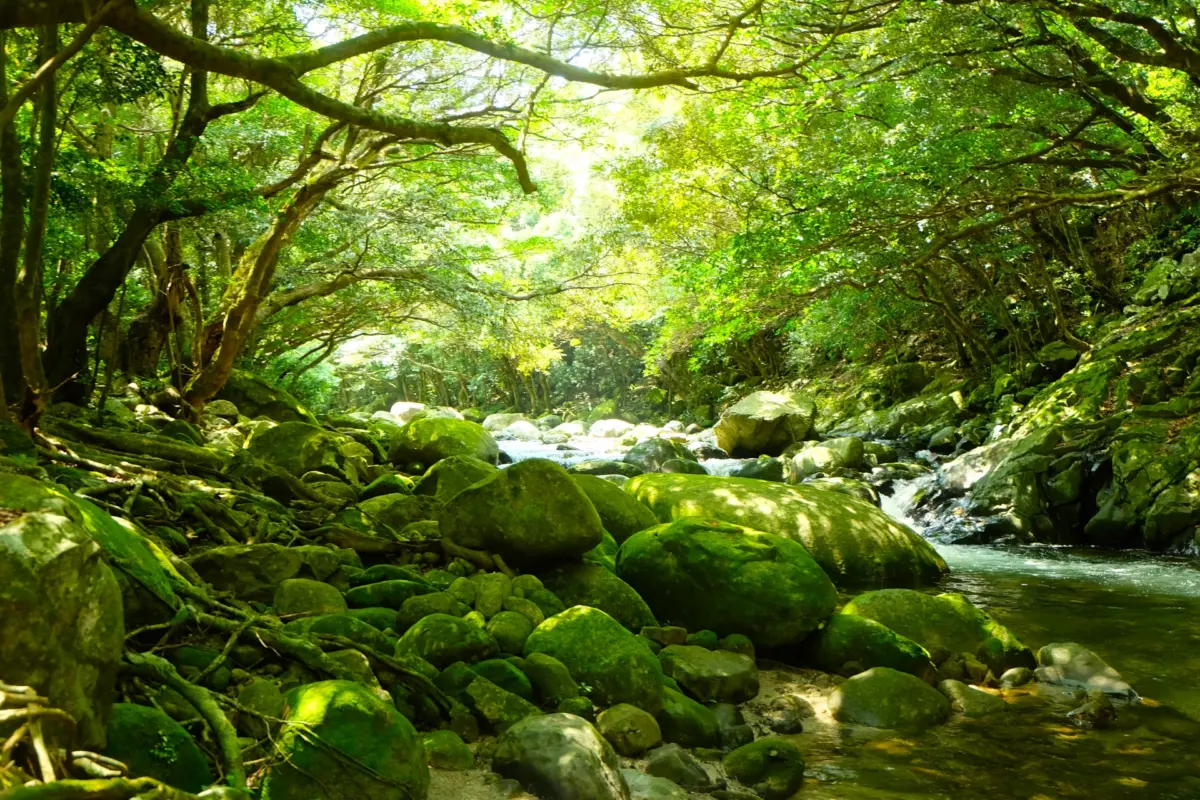
Registered in 1993, Yakushima is a nature lover’s paradise.
Its dense forests are home to ancient cedar trees, including Jomon Sugi, which is over 1,000 years old.
6. Hiroshima Peace Memorial (Hiroshima)
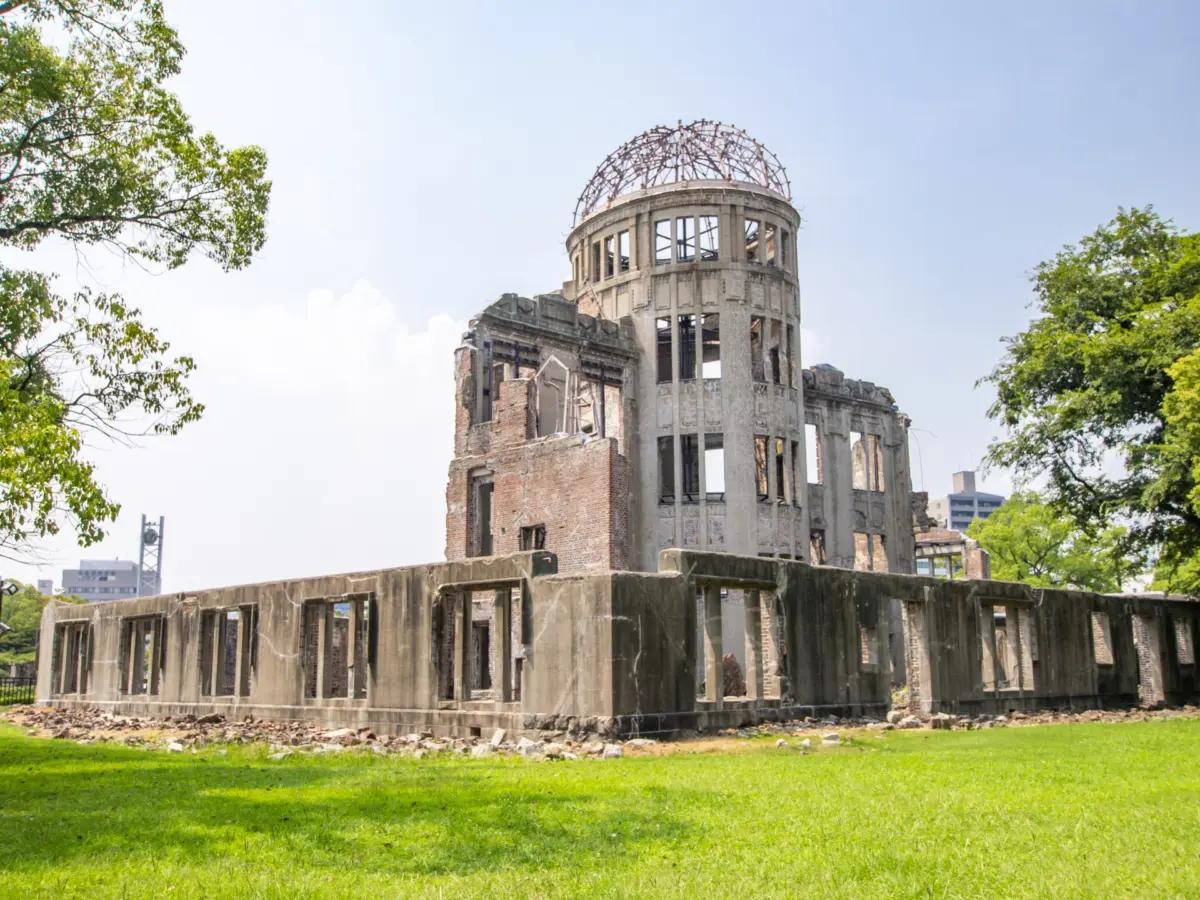
Part of the Hiroshima Peace Memorial, the Atomic Bomb Dome was registered in 1996.
It serves as a powerful reminder of the events of World War II and a call for world peace.
7. Historic Monuments of Ancient Nara (Nara)
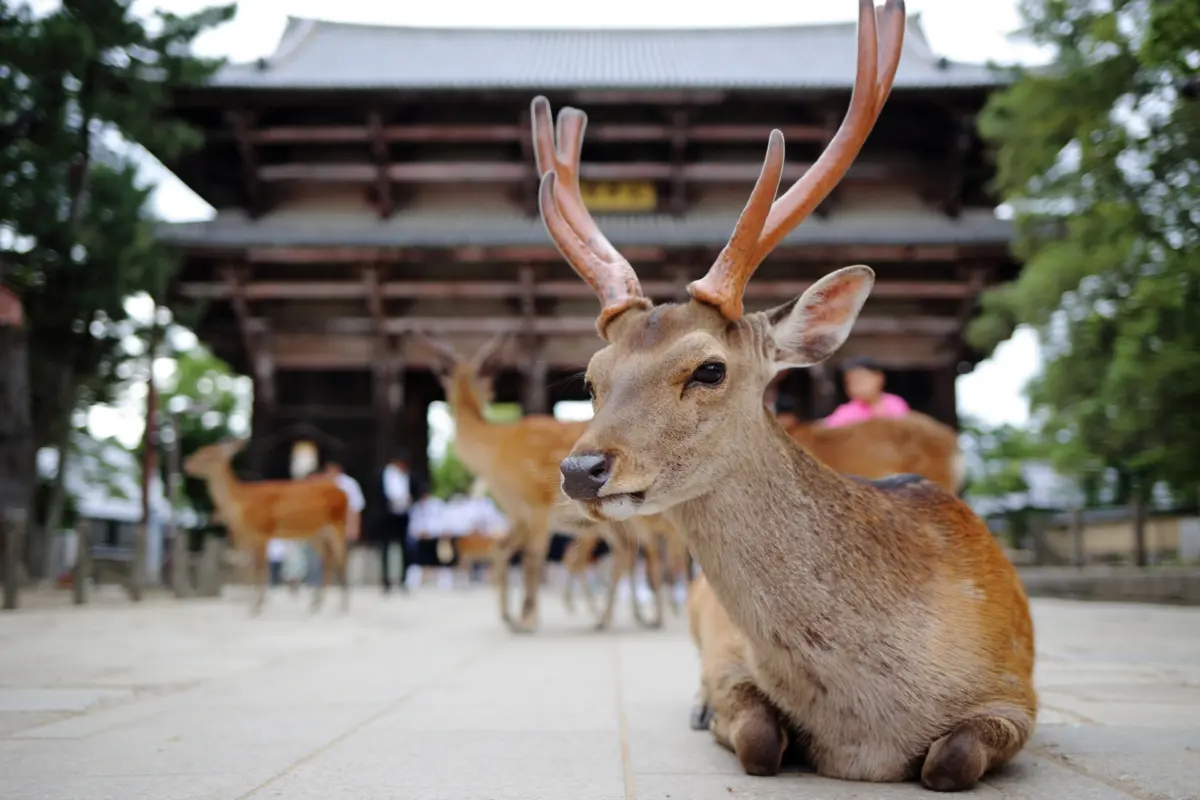
This 1998-registered site includes temples, shrines, and the remains of the great Imperial Palace, reflecting Nara’s significance as Japan’s first permanent capital.
8. Nikko (Tochigi)
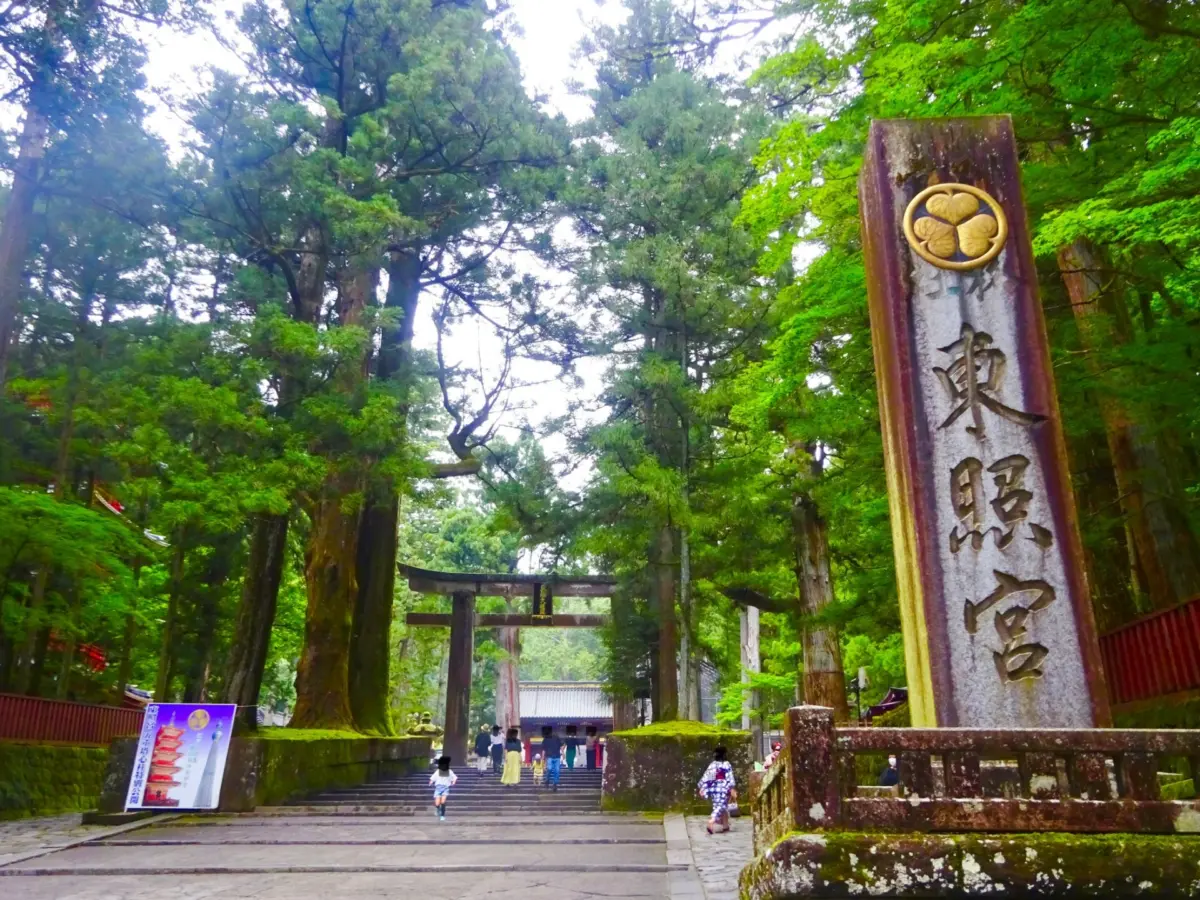
Registered in 1999, this site features richly decorated structures set amidst a natural forest, including the famous Toshogu Shrine.
9. Shirakawa-go and Gokayama (Gifu and Toyama)
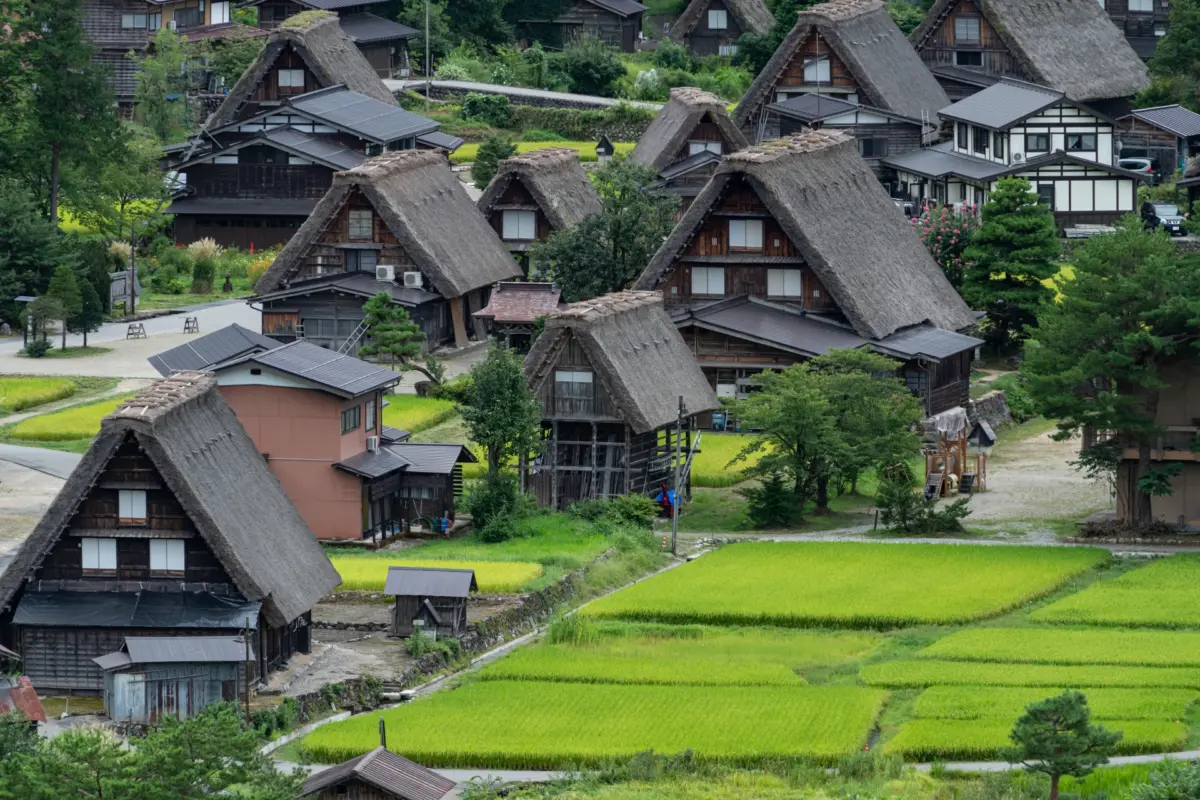
These villages, registered in 1995, feature traditional thatched-roof farmhouses, exemplifying a unique architectural style adapted to the environment.
Additional UNESCO World Heritage Sites in Japan
- Horyu-ji Area (Nara)
- Shirakami-Sanchi (Aomori and Akita)
- Gusuku Sites(Okinawa)
- Kii Mountain Range (Mie, Nara, and Wakayama)
- Shiretoko (Hokkaido)
- Iwami Ginzan Silver Mine (Shimane)
- Ogasawara Islands (Tokyo)
- Hiraizumi (Iwate)
- Tomioka Silk Mill(Gunma)
- Japan’s Meiji Industrial Revolution (Multiple Prefectures)
- The National Museum of Western Art (Tokyo)
- Okinoshima and Munakata Region (Fukuoka)
- Hidden Christian Sites (Nagasaki and Kumamoto)
- Hiraizumi (Iwate)
- Mozu-Furuichi Kofun Group (Osaka)
- Amami-Oshima, Tokunoshima, Okinawa, and Iriomote Island (Kagoshima and Okinawa)
- Jomon Prehistoric Sites (Hokkaido and Aomori)
- Sado Island Gold Mines (Niigata)
For more information, visit the UNESCO Official Website.

